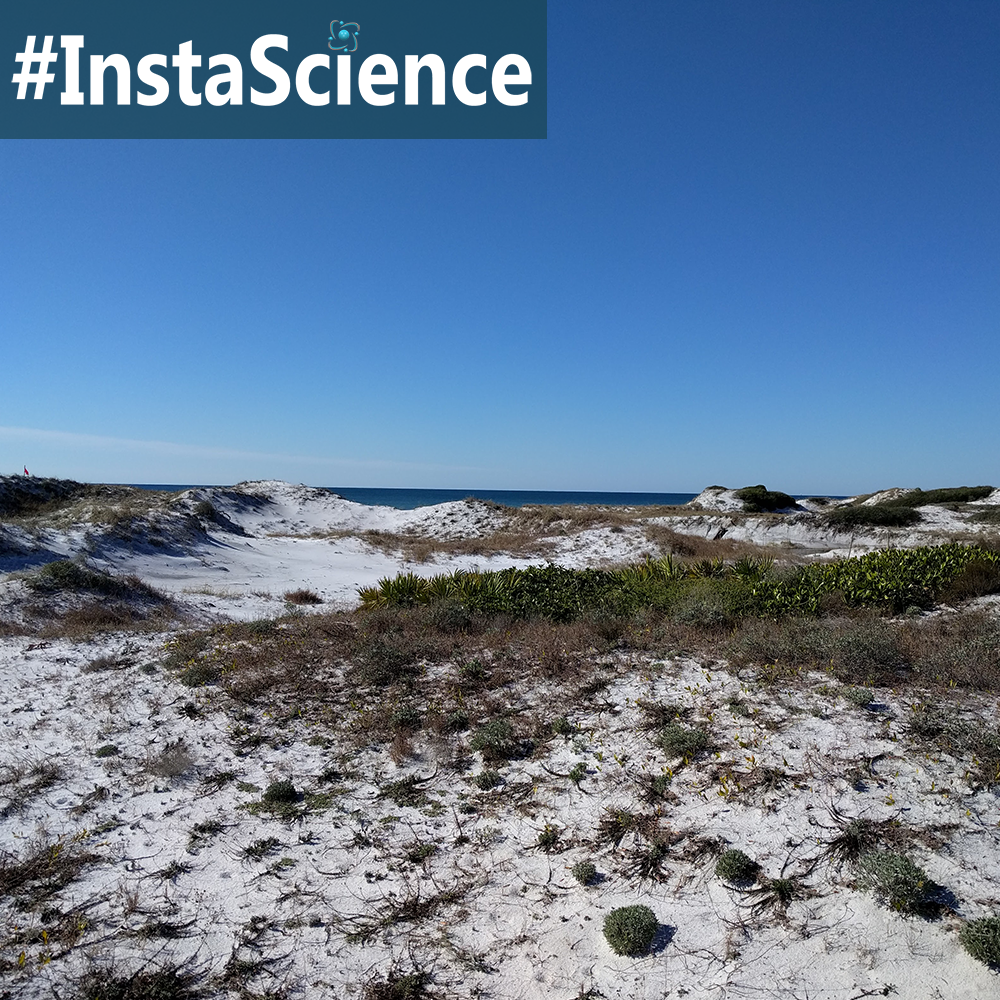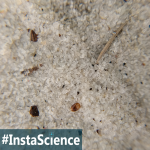
If you have been to the beach, you have most likely seen sand dunes. They are those bumps you have to traverse before you get to the real prize – the beach! But did you know that those dunes serve a purpose? Today, we are going to dig into the dunes and learn about this amazing ecosystem.
There are interior sands dunes, like the ones you find at the Great Sand Dunes National Park in Colorado, and coastal ones, which is what we are going to focus on in this post. Coastal sands dunes are created as wind blows sand up from ocean towards land. This sand collects in piles, usually around a piece of driftwood or a fence.
As the dune grows, pioneer plants, like dune grass, begin to sprout. This anchors the sand in the dune and keeps it from being swept away by the ever present wind. After that, more plants begin to grow and the dune becomes a home for shorebirds, crabs, and other small mammals.
Coastal sand dunes are dynamic, meaning that they are frequently changing. For example, when a storm hits, it can alter the dune. And, when we remove or damage the plants, it can destroy the dune. Either way, these dunes are vital to a healthy coastal ecosystem. Not only do they provide a haven to the animals that live there, they also protect the interior land from salt spray and blowing sand.
Fun Fact – It takes the average person an hour or so to reach the top of the first dune ridge at Great Sand Dunes National Park.
Teaching Science at Home
Want to learn more about the sand dunes? Check out the following articles:
- An overview about Coastal Sand Dunes
- Sand dune formation, types of dunes, and where they exist.
- {Video} Watch this video from the BBC on how sand dunes are formed.
Related Homeschool Science Activities
Keep the learning going with these science activities!
- Make your own sand dune – all you need is some fine sand, a straw, a large pan, and a twig or a rock. Place the twig or rock at one end of the pan. Then, dump the sand at the other. Now, use the straw to blow the sand from the end it is at to the other end. Watch the sand collect and pile up around the rock. Keep going until you have created a sand dune!





Join the Community!